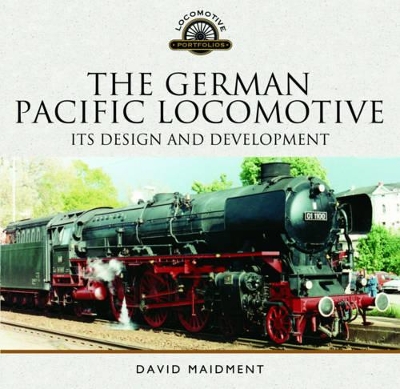Locomotive Portfolios
9 total works
The German Pacific Locomotive: Its Design and Development
by David Maidment
After addressing the devastating damage to the German railways in the conflict, the book follows the modernisation of the locomotive fleet in the post-war period until the elimination of steam in both East and West Germany in the mid-late 1970s. The book describes the design, construction and operation of the full range of pacifics that ran in both parts of Germany, and the large numbers of these locomotives that have been preserved, and is illustrated with over 180 black and white and 80 colour photos.
"
Great Western: Small-Wheeled Double-Framed 4-4-0 Tender Locomotives
by David Maidment
Finally, in the 1930s when engines of the 'Duke' route availability were still required but their frames were life-expired, their boilers were matched with the stronger frames of the 'Bulldogs' to form the 'Dukedog' class, which lasted until the 1950s, particularly on the former Cambrian lines in mid-Wales. This book recounts the design, construction and operation of these small-wheeled outside-framed locomotives with many rare photos of their operation in the first decade of the twentieth century as well as in more recent times.
Great Western: Large Wheeled Outside Framed 4-4-0 Tender Locomotives
by David Maidment

